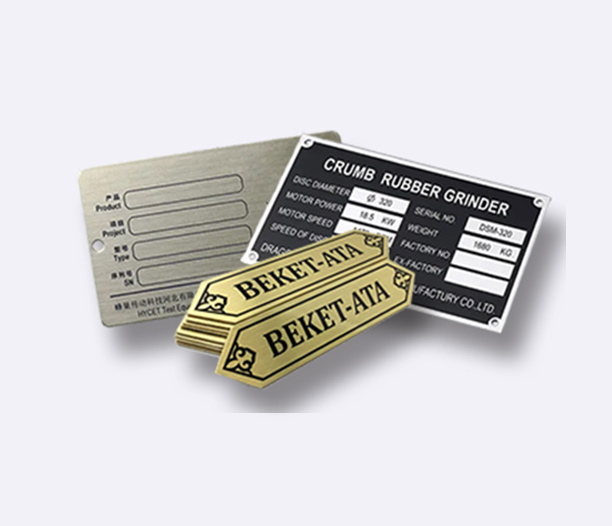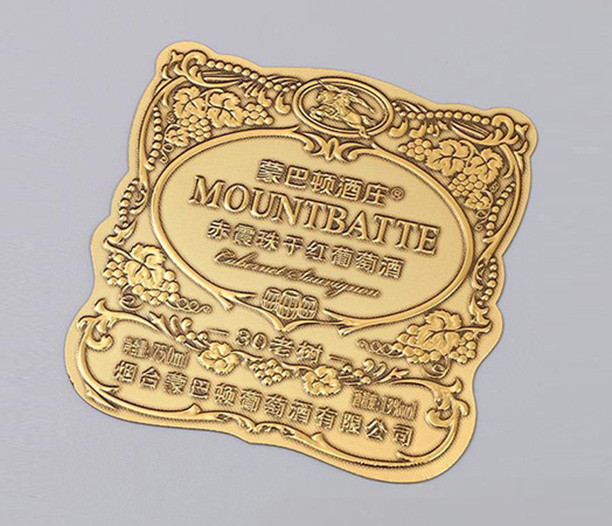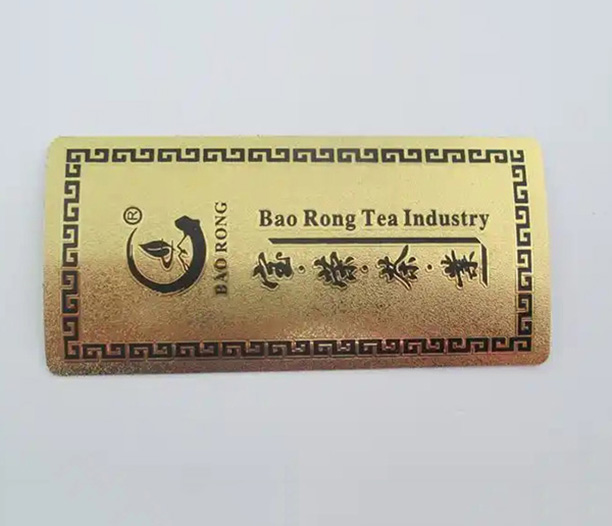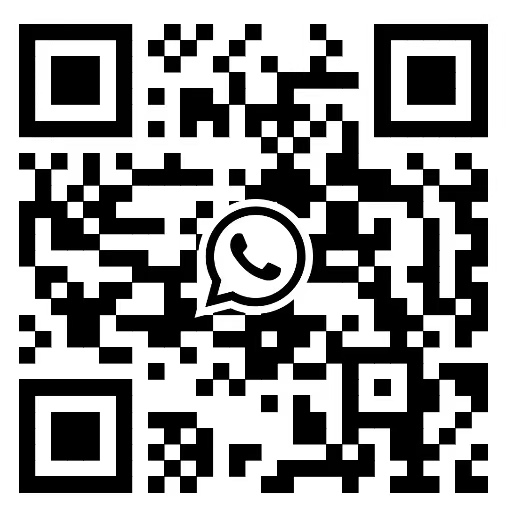If you work with industrial machinery, you know that OEM machinery labels aren’t just stickers—they’re lifelines. These small but mighty identifiers communicate critical safety warnings, operational instructions, and compliance details. But here’s the kicker: where you place those labels matters just as much as what they say. A misplaced or poorly designed OEM label can lead to costly fines, equipment damage, or even workplace injuries. Let’s break down how to dodge these pitfalls and keep your machinery—and your team—safe, compliant, and efficient.
Why OEM Machinery Labels Deserve Your Attention
OEM machinery labels are the unsung heroes of industrial operations. They’re legally required in many cases (thanks, OSHA!), and they’re your first line of defense against accidents. Think of them as a “user manual” stuck directly onto your equipment. But if labels are hidden, peeling off, or written in jargon, they might as well be invisible.
For example, a mislabeled emergency stop button could delay shutdowns during a crisis. Or a faded electrical warning might lead to accidental contact with live components. Bottom line: Proper OEM machinery label placement isn’t just about compliance—it’s about protecting your people and your bottom line.
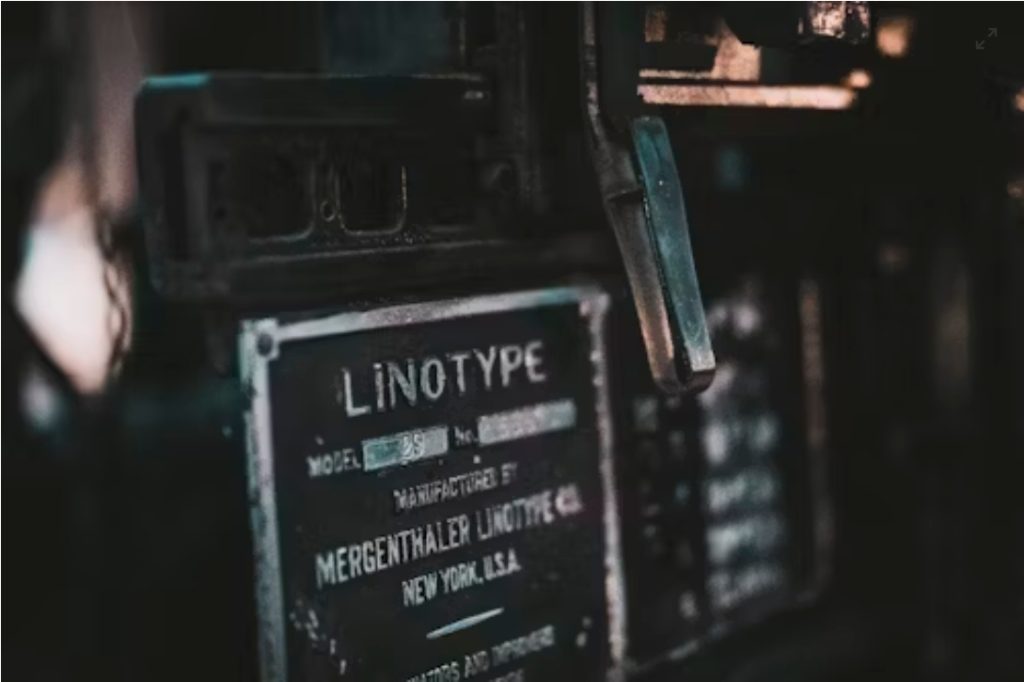
Common OEM Label Mistakes (and How to Fix Them)
Let’s tackle the top blunders companies make with OEM machinery labels:
- Out of Sight, Out of MindPlacing labels in hard-to-see areas—like behind moving parts or under machinery—is a classic mistake. Workers won’t benefit from warnings they can’t spot.Fix: Position labels at eye level and near relevant components. Use high-contrast colors and durable materials to ensure visibility.
- Overloading with TextA label crammed with tiny text is about as helpful as a dictionary in a tornado. Operators need quick, actionable info.Fix: Use symbols, icons, and bullet points. Follow ISO or ANSI standards for universal recognition.
- Ignoring Environmental FactorsLabels that fade in sunlight or peel off in humid conditions are worse than useless—they’re deceptive.Fix: Invest in weather-resistant materials like polyester or vinyl. Test labels in real-world conditions before full deployment.
- Forgetting Multilingual WorkforcesIf your team speaks multiple languages, English-only labels create unnecessary risk.Fix: Use pictograms or include translations for critical warnings.
Best Practices for OEM Machinery Label Placement
Nailing label placement isn’t rocket science, but it does require strategy. Here’s your playbook:
1. Map the “Danger Zones” First
Identify high-risk areas on your machinery: pinch points, electrical panels, hot surfaces, or rotating parts. Place labels directly adjacent to these hazards. For example, a “Crush Hazard” label belongs near a hydraulic press, not on the machine’s rear panel.
2. Prioritize Readability
Labels should be legible from a safe distance. OSHA recommends a minimum text height of 1/8 inch for labels viewed within 5 feet. For larger machinery, scale up accordingly.
3. Use Consistent Labeling Systems
Confusion kills. If one machine uses “Danger” for high-voltage warnings and another uses “Caution,” you’re asking for trouble. Stick to standardized signal words:
- Danger: Immediate hazards causing death/serious injury.
- Warning: Potential for severe (but not fatal) harm.
- Caution: Minor injuries or equipment damage.
4. Test Before Finalizing
Run a trial with your maintenance team. Can they locate and interpret labels quickly? Adjust placements based on their feedback.
The Compliance Angle: Avoiding Legal Headaches
Regulatory bodies like OSHA and ISO don’t mess around with machinery labels. For instance, OSHA’s 29 CFR 1910.145 mandates that labels must be “visible, legible, and durable.” Fail to comply, and you could face fines up to $15,625 per violation (as of 2023).
But compliance isn’t just about avoiding fines—it’s about liability. If an accident occurs and your OEM machinery labels were missing or incorrect, lawsuits could drain your resources faster than a broken coolant pump.
Pro Tip: Audit labels annually. Replace worn ones and update them to reflect new regulations or machinery modifications.
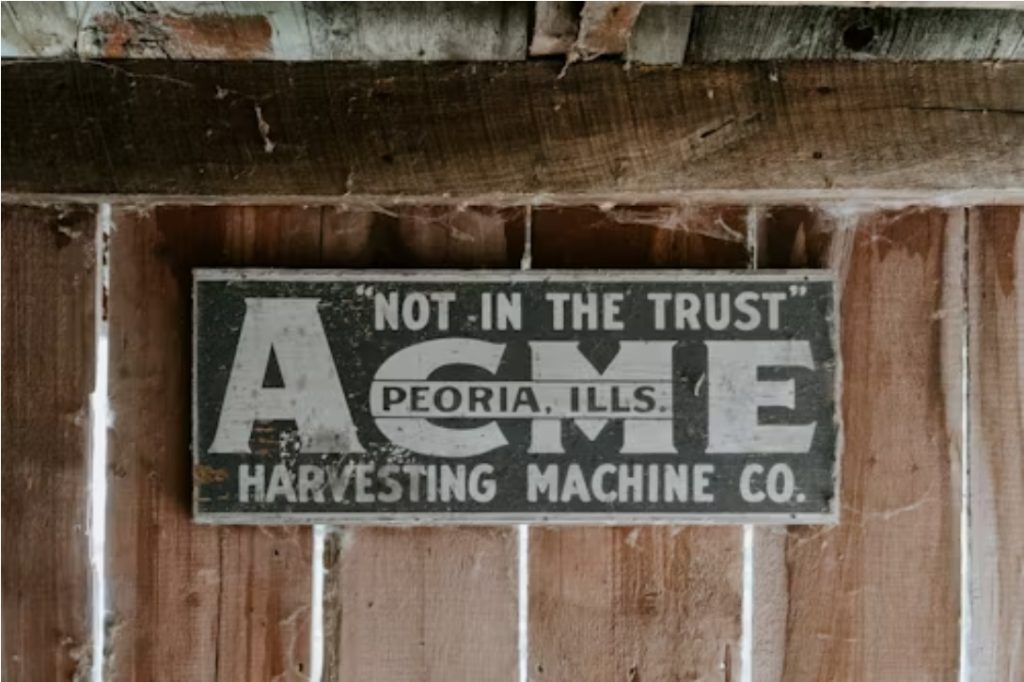
Case Study: How a Food Plant Saved $50K with Smart Labeling
A Midwest food processing plant learned this lesson the hard way. After a near-miss incident involving an unlabeled steam valve, they overhauled their OEM machinery label system. By:
- Placing multilingual labels near all high-temperature zones.
- Using tamper-resistant adhesives to prevent peeling.
- Color-coding labels by hazard type (red for burns, yellow for electrical).
Result? Zero label-related incidents in two years—and a $50K savings in avoided fines and downtime.
Tools & Tech for Flawless Label Management
Don’t wing it—use these tools to up your labeling game:
- Label Design Software: Programs like NiceLabel or Loftware ensure compliance with industry standards.
- Industrial Label Printers: Brady or Dymo printers create weatherproof, scratch-resistant labels.
- Asset Management Systems: Track label placements and maintenance schedules via platforms like UpKeep.
Final Takeaway: Labels Are a Living System
OEM machinery labels aren’t a “set it and forget it” task. As machinery evolves, so should your labels. Train your team to report damaged or outdated tags, and build label checks into routine maintenance.
Remember: A well-placed label isn’t just a sticker—it’s a silent safety officer working 24/7. Invest the time upfront, and you’ll dodge costly errors down the line.
Now, go audit those labels before lunch—your CFO (and your crew) will thank you later.



